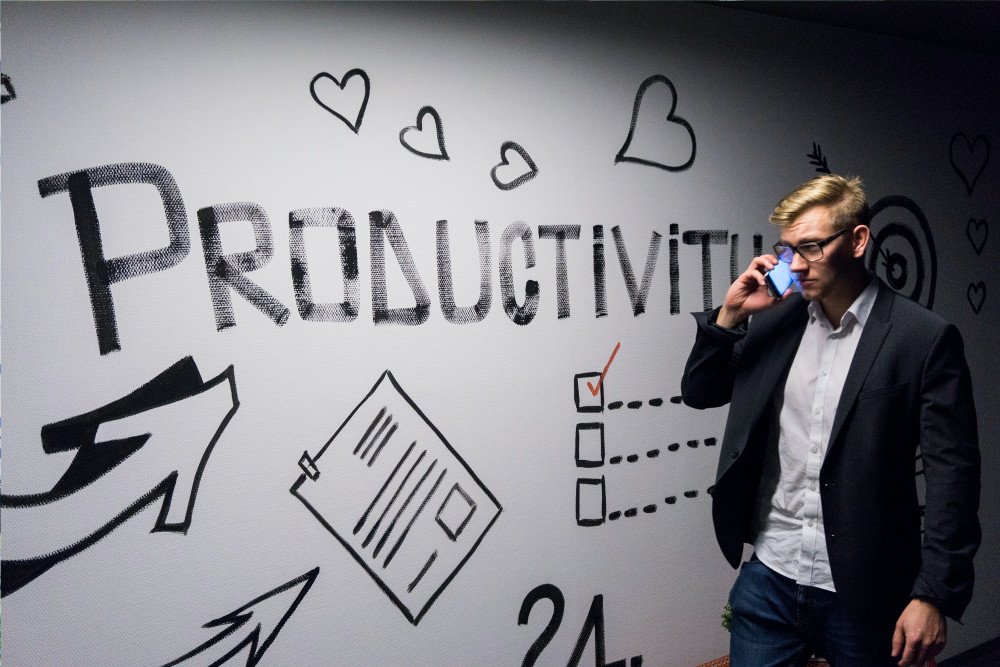What is UX Design?
User experience design, also known as ‘interaction design’, is about crafting a website based on usability.
UX design is like the blueprint of a house. A blueprint covers everything from the number of rooms, window placement, and which way doors open to where appliances should go. It makes sure the house is going to be livable, and has enough room for all your stuff.
UX design does the same thing, but for your website!
A UX design process typically starts with research on the intended audience for a website:
-
- Their pain points
- Their motivations
- Their goals
- What they need to achieve on the site
- Even what they’ll probably be doing and in which emotional state when they encounter different pages
Oh yeah, UX design goes deep.
It also considers your content – what content you have, if any should be pruned, and if any major content is missing from the ideal user experience for your business.
Then it sets out to create a logical architecture for all of that content. Like a librarian, it files everything in a place where the target person would expect to find it, while creating lateral paths for alternate journeys toward the same end goal. Good UX design considers the paths of primary, secondary, and even tertiary audiences.
This is all accomplished through the decisive placement and structure of menus, callouts, call-to-action (CTA) buttons, featured or related content suggestions, and the order of content on a page. The deliverable is an interactive wireframe prototype of your website, so you can test its usability before you add colour and content.
The overarching goal of a good UX design is to deliver the right information at the right time, to keep a visitor moving through the website to reach their intended goal.
That’s a nutshell version of UX design. There’s a heck of a lot more to it than that, and you should also understand the difference between UI and UX design, but as long as you focus on usability, you’ll make good choices and end up with a great website.




